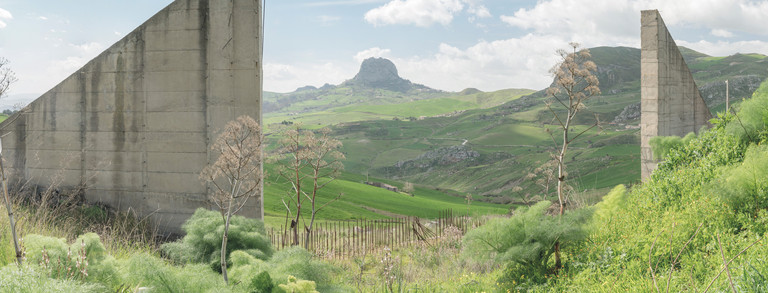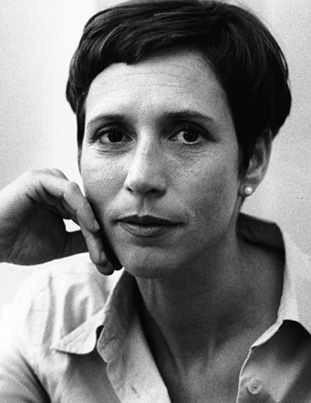
You are here:

Verena von Beckerath is an architect based in Berlin and a co-founder of the architecture practice Heide & von Beckerath. She studied sociology, art theory and psychology in Paris and Hamburg and architecture at TU Berlin. After her studies, she was a teaching and research assistant at UDK Berlin, held a fellowship at the Akademie Schloss Solitude and won the Rome Prize Villa Massimo 2013. She was a visiting professor at TU Braunschweig and Comell University, lthaca, NY. Verena von Beckerath is a professor of architecture at Bauhaus-Universität Weimar, where she has held the Chair of Design and Housing since 2016.

The environmental crisis and deepening political and economic division in society lend the concept of the public as well as the anthropocene a central part in the artistic and architectural discourse. This gives the transformation and adaptation of existing built structures and spaces particular significance. Observations on the south-eastern periphery of Rome, where post-war housing meets Parco degli Acquedotti, are placed side by side with those on Inujima, an island in the Japanese Seto Inland Sea, where the effects of its industrial past are superimposed and infused with artistic and architectural interventions. In these transitional spaces, architecture and nature coexist, absorbing forms of everyday and public life alike. Are these spaces with their specific characteristics and forms of appropriation an expression of an increasing dissolution of the public realm? Or do they imply a differentiated, ambiguous and equally collective understanding of publicness against the background of a fragmented social and political environment?
